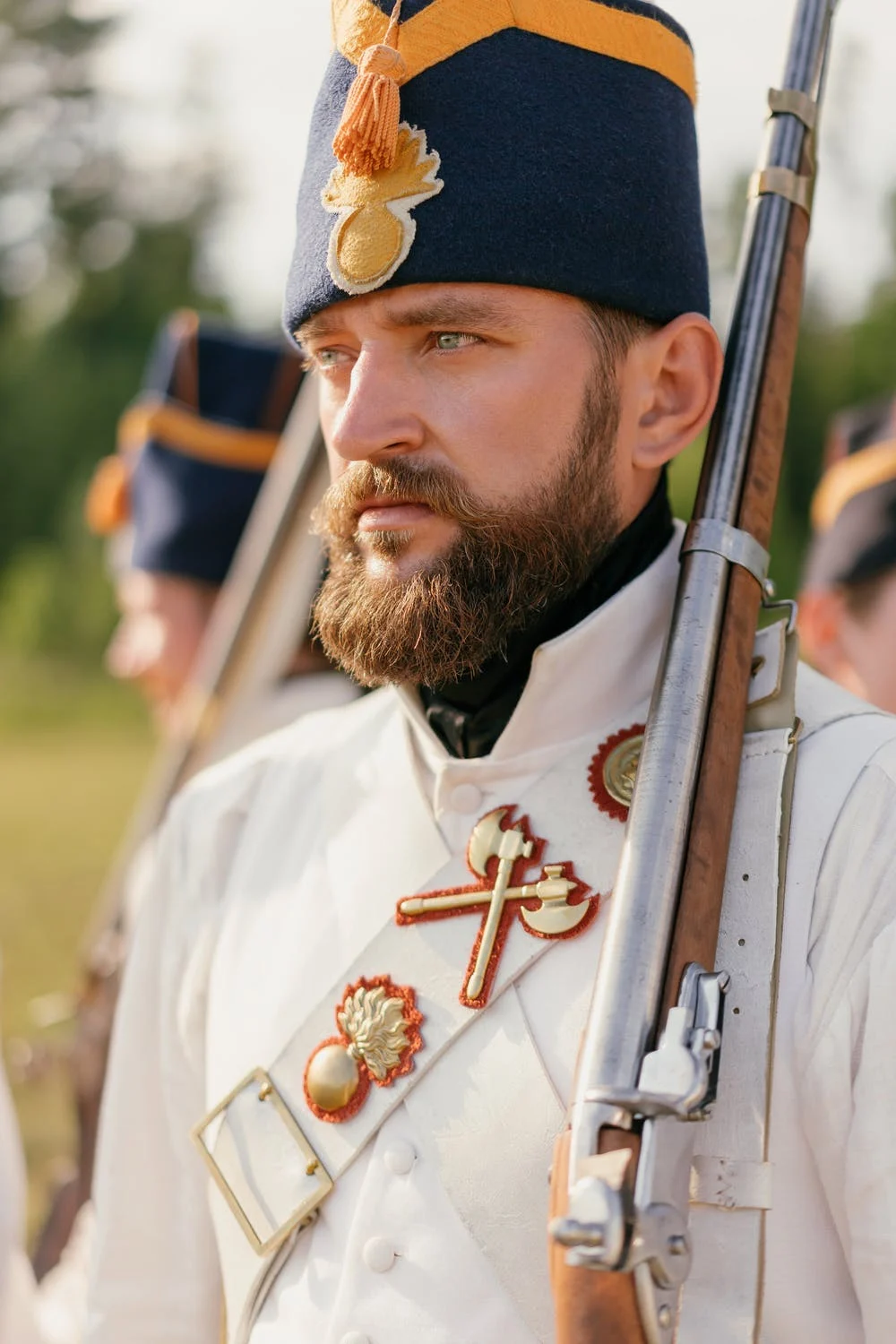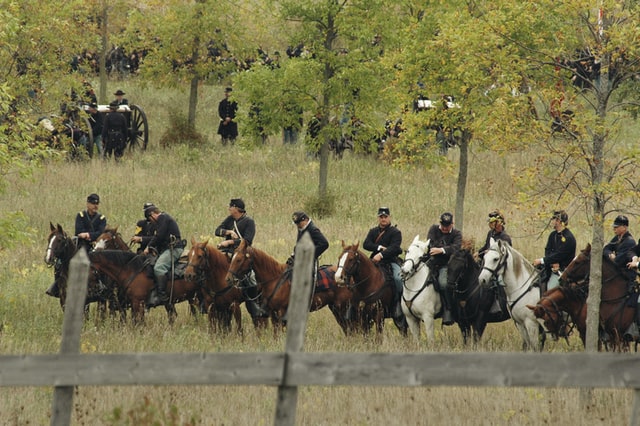
The blue line of soldiers began to march slowly across an un-mowed field of waist high grass toward the distant line of gray clad adversaries barely visible behind a dug trench. As they advanced, shoulder to shoulder, two lines deep, their muskets held upright against their right shoulders, a cannon fired from behind the line of gray. An explosion in front of the blue line felled several men in the front rank. Immediately those on the right and left of the fallen moved together and closed the ranks. Shoulder to shoulder they continued across the field toward an uncertain fate. As the gap between adversaries closed several more explosions dropped even more of the men in blue. They could see explosions going off amidst the distant trench line as some of the gray clad men were also made “hors du combat”. Officers in the rear and at the ends of each section of the blue line yelled commands and encouragement.
Phrases such as “Forward boys!”, “Steady men!” or “Give em hell!” were heard up and down the line as the slow march forward continued.
A halt was called for the men in blue, to dress the ranks and the command was given to “Fix bayonets!” The clatter of metal upon metal could be heard up and down the line even as the artillery continued its horrific onslaught against blue and gray alike. Sweating from the wool uniforms they wore, the weight of their equipment, coupled with the sun’s rays, the humid air and the exertions of wading through the thick high grass, they once again began their advance. Suddenly the gray hoard rose up and delivered a massed volley almost point blank, felling even more of the blue clad lads. A shout was heard, “Charge!” and the boys in dark navy blue began to run toward certain death through the acrid sulphur smell and smoke of burnt black powder. As they neared the wall of dirt a few climbed over and muskets clashed together. A lone flag bearer planted his colors on the dirt parapet. Guns on both sides blazed and the smoke became so thick that observers from the blue artillery could only see flashes through the haze. Here and there a flag of each side would rise above the smoke covered trench only to fall then be raised again by another brave soul. Then silenced came over the field. Through the dissipating smoke, a few blue clad warriors emerged from the haze and soon more and more joined in the exodus from the entrenchments. A sound of clapping came from a large group of spectators behind a line of yellow “Caution” tape on both edges of the field. Not only was the battle over, but the reenactment as well.
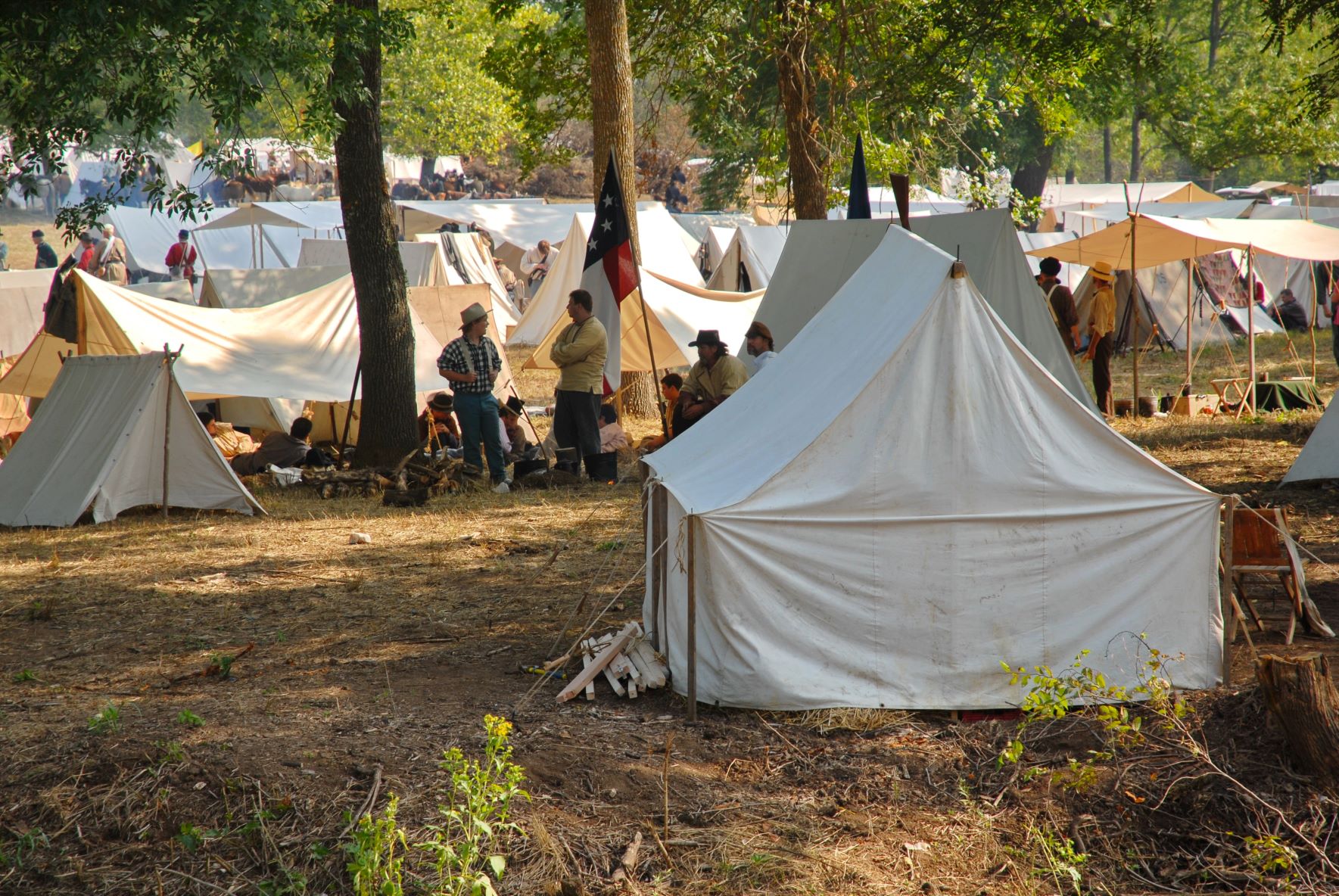
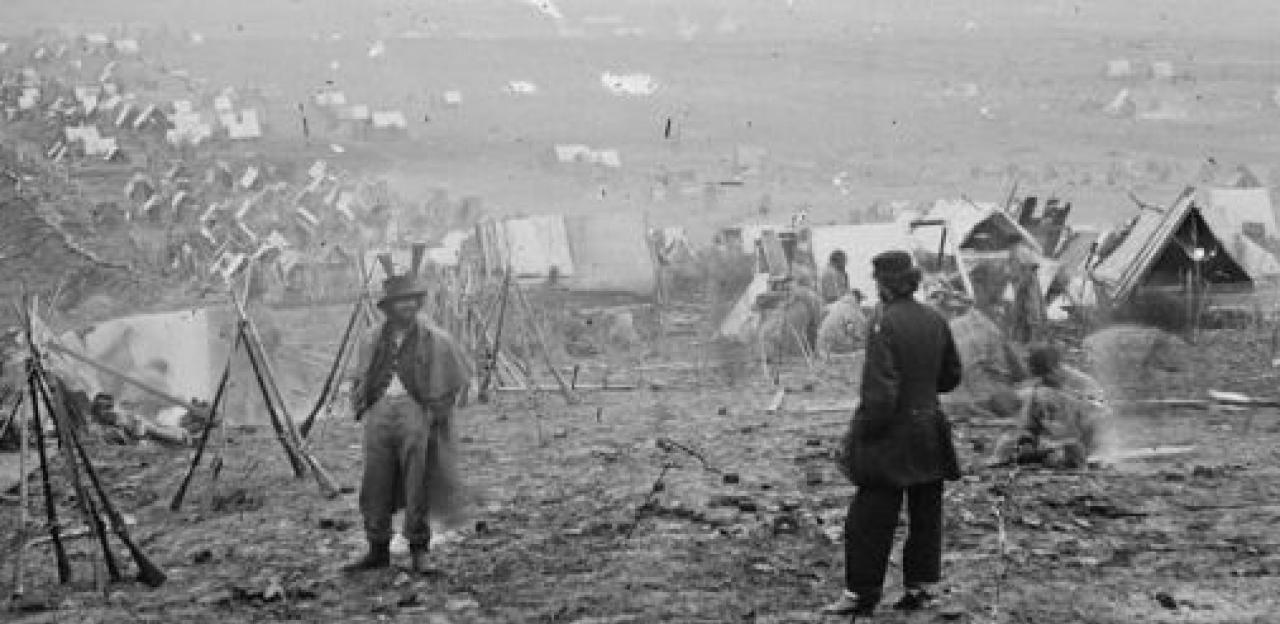
Reenacting, or living history, can be one way an individual can experience not only combat without the danger of death but also a way for one to relive history. There are those that participate in reenacting who do so for a hobby and even some make it a lifestyle. As such, there are numerous factors to consider if one wishes to become a historic reenactor. Several questions need to be asked. First and foremost, what type of reenacting do I wish to do? If I decide to become a reenactor, what do I need to know? Where do I get equipment? What is the cost? These are just some of the questions to be answered before beginning on the road to becoming a living example of history. There are individuals and groups who participate in recreating time periods ranging from ancient Rome, the Vikings, French and Indian and Revolutionary Wars on up to and including the modern-day Gulf War. The choice is vast and possibilities are endless.







My personal journey as a reenactor began with the fact that I was a lover of history and a black powder hunter. A friend who I hunted with, and myself, first discussed participating in recreating personas of the so called “mountain man”. We also considered entering into the world of the swashbuckling chivalrous knights of old or the American Civil War. After discussing our dilemma with a coworker, he told me that if I wished to participate in Civil War reenacting, he knew the person I needed to talk to. After contacting the individual, who led a local Civil War artillery group, I was invited to participate in a weekend drill.
The main requirement for any reenactor, whether it be Civil War, Medieval, Revolutionary War or any other time period, is that one must be a lover of history. Without a passion for history, your focus will not allow you to accurately portrait an individual from the time period you choose.
Several weeks later I arrived at the drill site and began talking to other members of the group. That first weekend sealed my fate despite two days of constant rain. I became a Union artillery Private. Immediately I began to amass books on the conflict. Reading had always been a passion and my focus became the history of the Civil War. Over the years, I branched into Confederate and Union infantry reenacting, however the artillery was my first love.
The main requirement for any reenactor, whether it be Civil War, Medieval, Revolutionary War or any other time period, is that one must be a lover of history. Without a passion for history, your focus will not allow you to accurately portrait an individual from the time period you choose. You also need to READ!!! Read everything you can lay your hands on about the period, the customs and the individuals from the time you wish to emulate. The saying that knowledge is power will serve any reenactor well. Some of the best information can come from diaries or letters. These are known in the reenacting community as “first person accounts”. Personal accounts not only provide insight into the life of individuals from the past, but also their mindset. Don’t forget the actual history of your chosen time period and unit histories as well. Thousands of books are out there just waiting to be read. Become well versed in your subject and the events surrounding it.

#2 Learn Your Time Period
- Immerse Yourself in Your Love of History
- Read About the Era and Culture
- Read About the Individuals (diaries, letters)
Next, search the internet for reenactments for the historic period you choose. Attend one, observe and talk to the participants. What you see and these participants insight and suggestions may influence your future steps. Reenacting isn’t for everyone. Another consideration is finding local individuals or groups that portray your chosen historic period. Although not required, this can help in getting a good start in reenacting. The internet and social media sites are again indispensable. Most groups post frequently on Facebook, YouTube and other sites and many even have their own web pages.
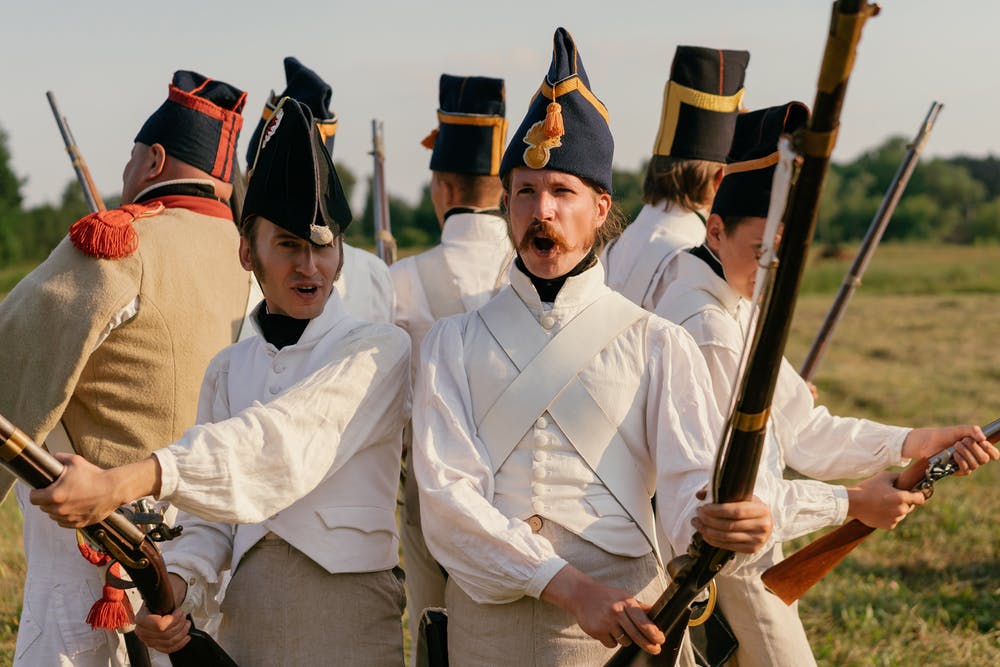
#2 Connect with Reenactors
- Mark Your Calendar for Local Reenactments
- Talk to Other Reenactors about What’s Involved
- Check Social Media for Reenactment Groups to Join
Once you choose what period of history you wish to represent and have gained some insight, the next step is asking yourself, “What do I need as far as equipment, uniforms and accessories?” The individuals you have met and the internet can again be your best friends in this endeavor. Your search for equipment, uniforms and accoutrements is a must. There are numerous listings for equipment suppliers for everything from Roman Legionnaires to Wild West clothing up to and including Gulf War enthusiasts, but BEWARE! Reenacting can be expensive, especially if you need to purchase items such as reproduction armor or firearms. Even basic uniforms may be costly. Your goals will be dictated by what you need to get started and your budget. Ask yourself “Do I want to participate in battle reenactments, living history, school or civic programs, lecturing or a combination of more than one of these?” Once you decide, then begin with the bare minimum of equipment and slowly add as you go. For example, if you desire to start by undertaking lecturing to small school or civic groups, a basic uniform can get you started. If you are looking at battle reenactments then not only is your basic uniform or clothing required but you also need weapon(s) and possibly camp gear like a period tent and bedding. Some events may require a small fee to participate as well as figuring in of travel/food expenses. These all need to be factored into your budget.
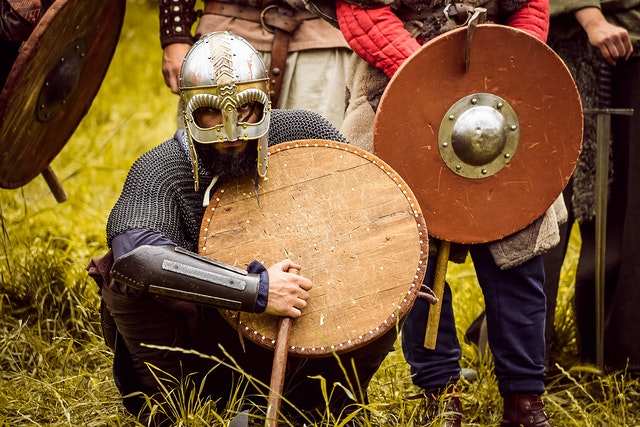
#3 Begin Building Your Ensemble
- Identify Your Reenacting Goals (battles, living history, etc)
- Start with the Essentials First
- Remember to Budget for Travel and Food Expenses
As a representative of an historic figure your appearance is foremost. If you are portraying a World War I doughboy, your weapon and uniform of choice need to be as accurate as possible. Modern work boots are not a proper substitute for those that are authentic reproductions of military issue.
Even the uniform material, buttons, and trim should be as close to original historic type as possible. Everything is a reflection of not only you but your attention to accurate historic detail.
Then and only then can you present your chosen historic time period properly. If you are encamped at an event, make sure all modern conveniences are well hidden and not openly displayed. No Roman soldier had a plastic cooler in front of his tent nor did a Civil War soldier wear a wrist watch. These things may sound petty but if you want to represent then do so out of respect for those who you have chosen to honor with your modern-day interpretation. With all of this being said, entering into the world of reenacting can be a rewarding experience. You get to meet like-minded individuals and may even come to regard them as not only acquaintances but as an extension of “family”. Take the time to do the research needed and your effort will reflect your commitment to the public and to your fellow reenactors. Proper representation is key to educating those who find living history fascinating and may even become a rewarding lifetime hobby for yourself.
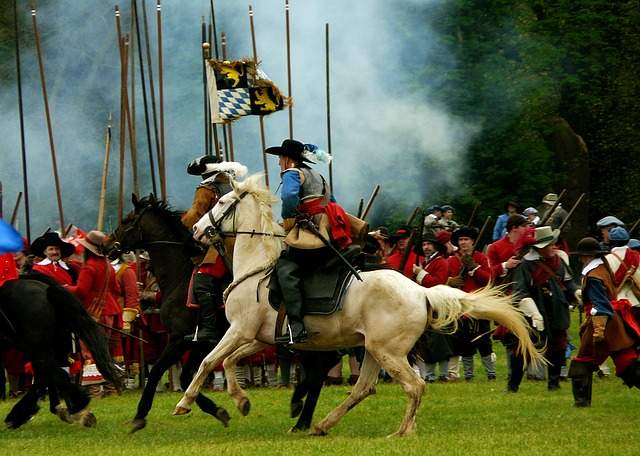
#4 Refine Your Character
- Pay attention to the details – they can make the difference
- Keep modern conveniences hidden from public view
- Forge friendships and enjoy reliving history!

ABOUT THE AUTHOR…
Brian Stamm is a regular contributor to HistorForum. A former Civil War Reenactor, he resides in Central Pennsylvania with his wife. He is currently working on a history of the Second Pennsylvania Cavalry during the American Civil War.
